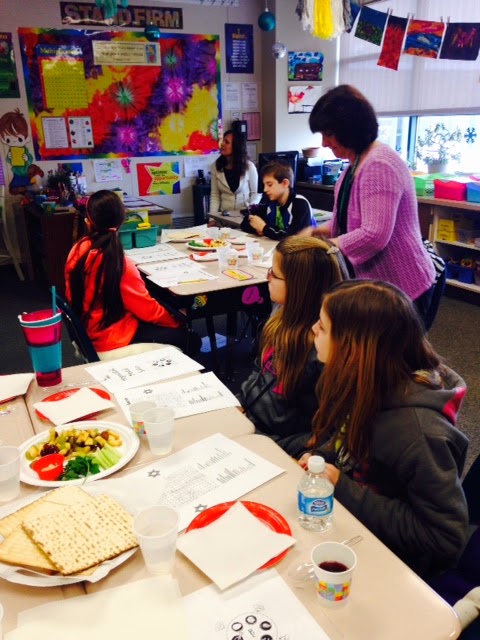Children took note of the appearance and aroma of the chocolate
chip cookies crowded inside their teacher’s green glass jar during some recent
first grade learning about observing and describing.
While Mrs. Miller “went next door” to help her colleague
with something, another teacher was kind enough to take the first graders on a
short trip to the restrooms.
Imagine the astonishment when the students and teacher
returned to their classroom to find there was caution tape positioned across
the door! It did not take long for the
students to realize the cookies they had been admiring were GONE. Mrs. Miller was matter-of-fact. “Detectives, we have a mystery!”
I’d like to say right
here that I was appalled at the number of small friends who immediately accused
ME of being the thief!
They gathered round to review some of the case specifics. The setting was established and suspects were
identified. Mrs. Miller and I both
claimed alibis but the students continued with their suspicions. Matthew suggested, “I think Mrs. Miller wanted us to leave. She didn’t really
need to go to Mrs. Landis’ room!” There
were no apparent witnesses to the crime though again I was accused of being “nearby the entire time!” Dr. Lore approached the door but was stopped
short by the caution tape and Mrs. Miller’s warning. “I wouldn’t come in here if I were you….we
have a mystery!”
The detectives got to work and began checking for
clues. There were footprints, an empty
cookie jar, a canvas bag, some crumbs, a cell phone, and a comb.
I was amused when a small group of plucky students used
their investigation as an opportunity to look inside their teacher’s desk! Oh, so clever.



Indictments were flying, most of them in the direction of
Mrs. Miller and me. Both of us were made
to place our feet atop the footprint clue.
The glass slipper did not fit
my foot, but looked pretty much perfect for Mrs. Miller’s shoe size.
Mrs. Miller asked her delighted and accusatory students, “Do you think it was me? Do you think I know where the
cookies are?”
She instructed them to head to their desks and to start
writing in good sentences about what they think might have happened in the
classroom. They were to use all the
clues they discovered as they built their case. She told them she'd see if she could find where the cookies went while they did their work.
Wait a minute…. It
was Mrs. Miller!
As an innocent yet
falsely accused observer, I will say Mrs. Miller did not look the least bit
remorseful!
Her lack of repentance was a moot point as her small detectives
were quite pleased with the final outcome. I left them writing their sentences with
spellbound attention while munching on found cookies.





















































